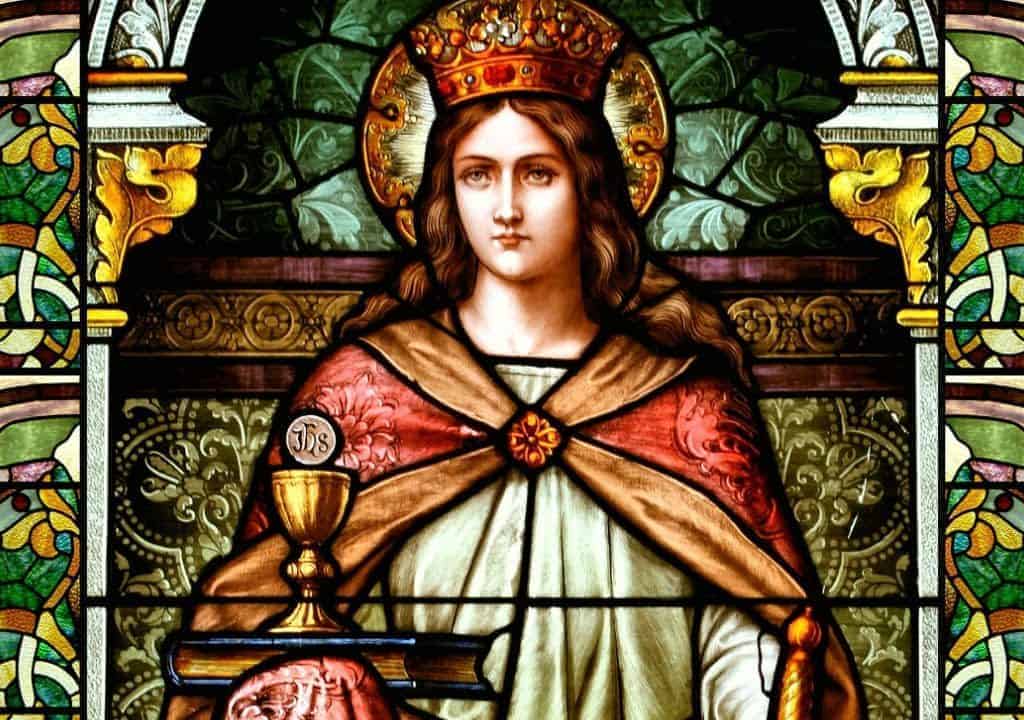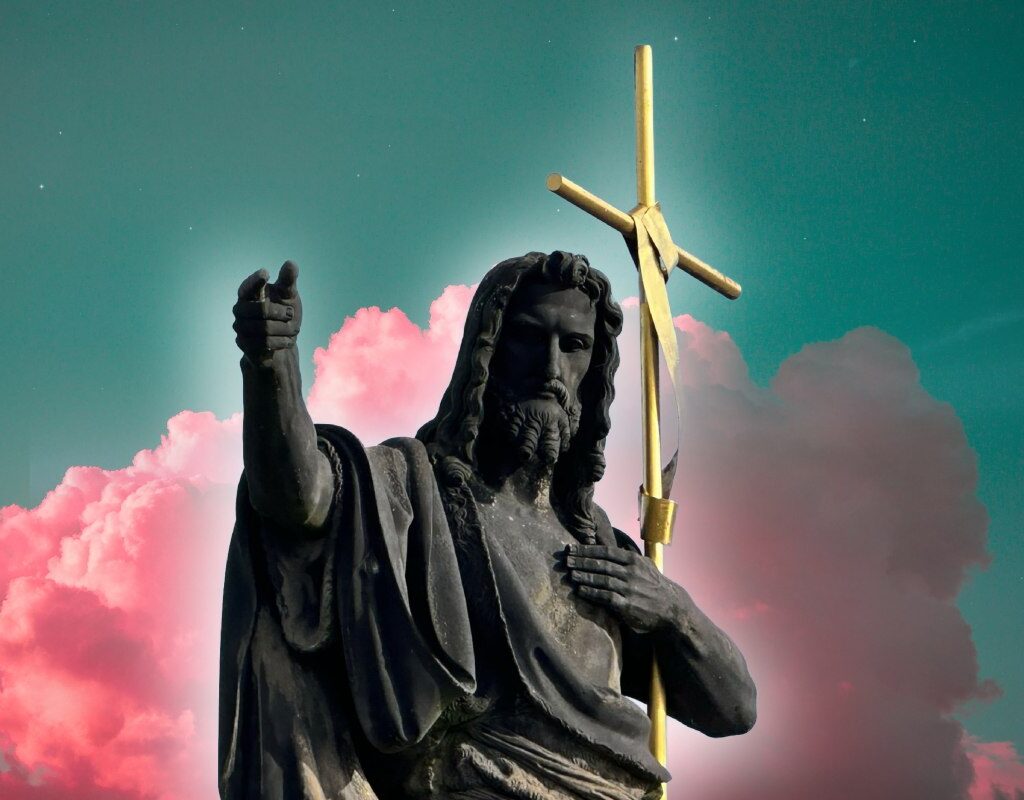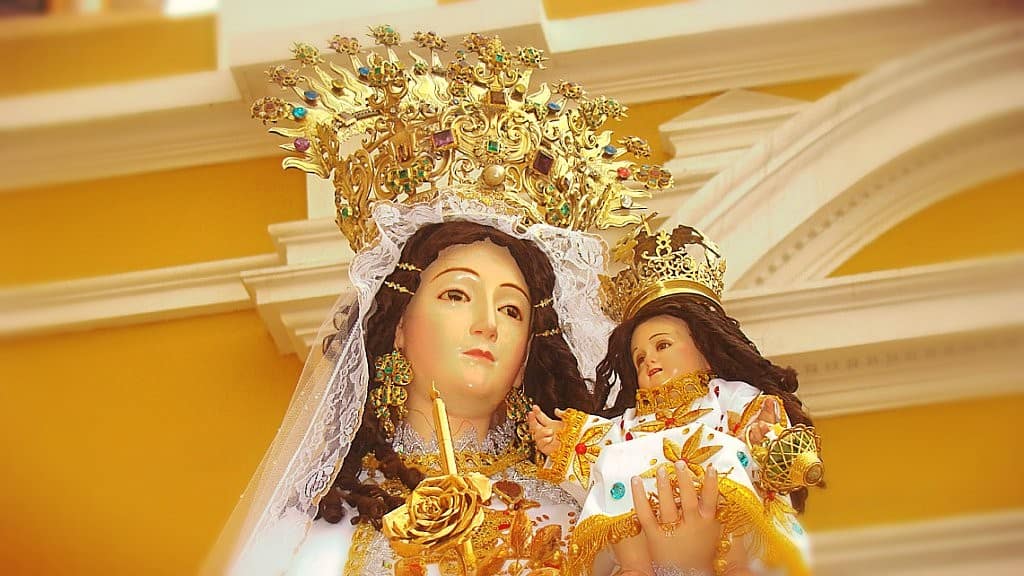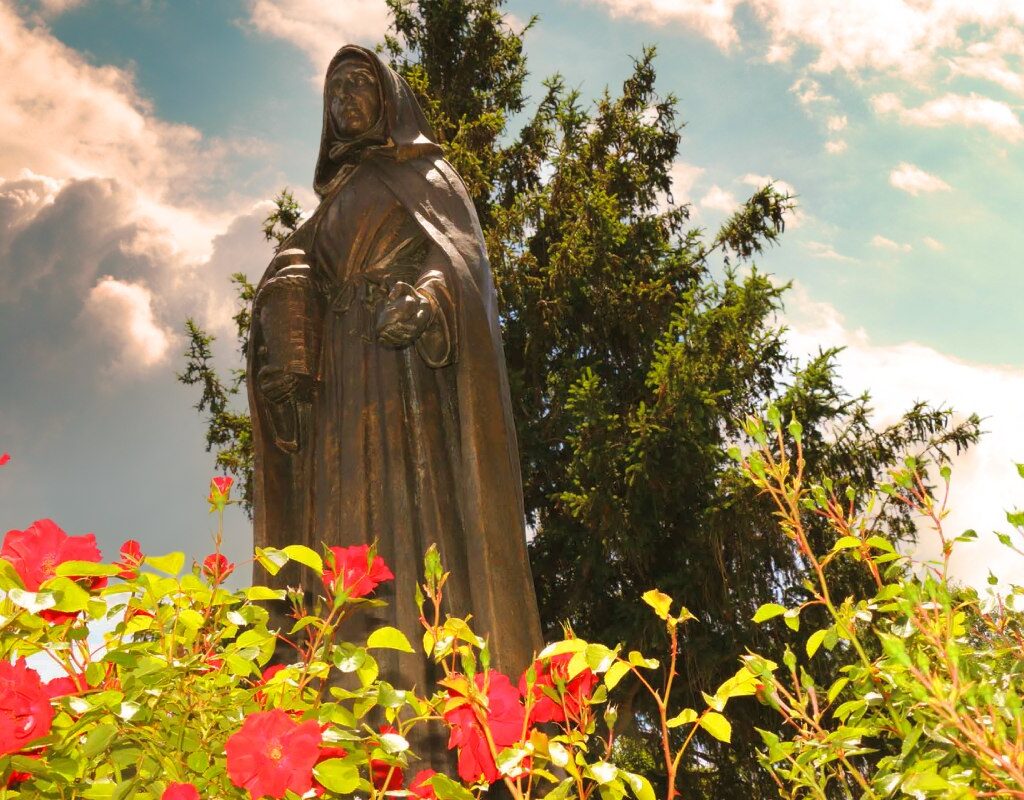On December 4, the day her father is said to have murdered her more than 1700 years ago, Saint Barbara’s Day is celebrated in many countries in the Americas and Europe. She is depicted wearing white clothes and a red cape, which in Catholicism represents fiery love and martyrdom.
Legend and history of Saint Barbara
- The host and chalice represent the love of Christ (the cup).
- The palm represents martyrdom.
- More than her prison, the tower represents the holy trinity, which is revered by the saint in the three windows of the tower.
- The sword represents the instrument of her martyrdom.
It is invoked to avoid an unexpected death
About the father who was struck by lightning, tradition eventually added that she promised special assistance to whoever invoked her in case of imminent death without going to confession before death.
She carries the Viaticum, which she first has as a chalice and then as a monstrance in the Baroque period. She was chosen as one of the Fourteen Holy Helpers in the Germanic tradition for her patronage of sacramental aid in danger of death.
The Second Vatican Council, convened by Pope John XXIII, decided to remove her from the Catholic Sanctoral in 1969, even though there was insufficient documentary support for the claim made in her Service Sheet at that time.
Patroness of gunpowder and fire
She is the patron saint of all professions related to fire and gunpowder, as evidenced, among other things, by the widespread invocation of a large number of these professions (in fact, a ship’s powder magazine was named after “Saint Barbara”).
There are many theories about this, but the most likely is that everything – lightning, fire, thunder and bursts – is a consequence of the lightning that killed her father.
Then came to her patronage over soldiers, firemen, miners and artillerymen, as well as her invocation against the storms and fires we are all familiar with (in fact, a ship’s powder magazine was named after “Saint Barbara”).
The cult of the Saint has survived to the present day largely thanks to these professional organizations.
Among them, we can list the miners, the mining engineers, those who prepare explosives, or those who create firearms (as is the case of the Spanish polytechnic engineers in their armament branch).
Some navies, such as the Italian navy, numerous fire departments, such as those of France and Italy, some Spanish towns, most Latin American countries and, of course, almost all the artillerymen of the Christian world, including some Muslim nations.
Legend of Saint Barbara
According to tradition, St. Barbara, virgin and martyr, was born in Anatolia (present-day Turkey), on the shores of the Sea of Marmara, sometime in the 3rd century AD, according to the legend handed down by Metafrastes (10th century).
Because of the prominent positions, he held during the Roman occupation of Turkey, his father, Dioscorus, is well known in the “ismidt-ismir” community. This man was a career military man, like most of the rich and powerful of his time.
If we create a profile of this person, we get closer to the ideal man for his social position and his time, in which brutality, pride, authoritarianism and the desire to maintain his social and political status above all else predominated.
It is known that Barbara’s mother, “Repe”, was of Jewish descent. But time has erased the character of her influence in Barbara’s life…




